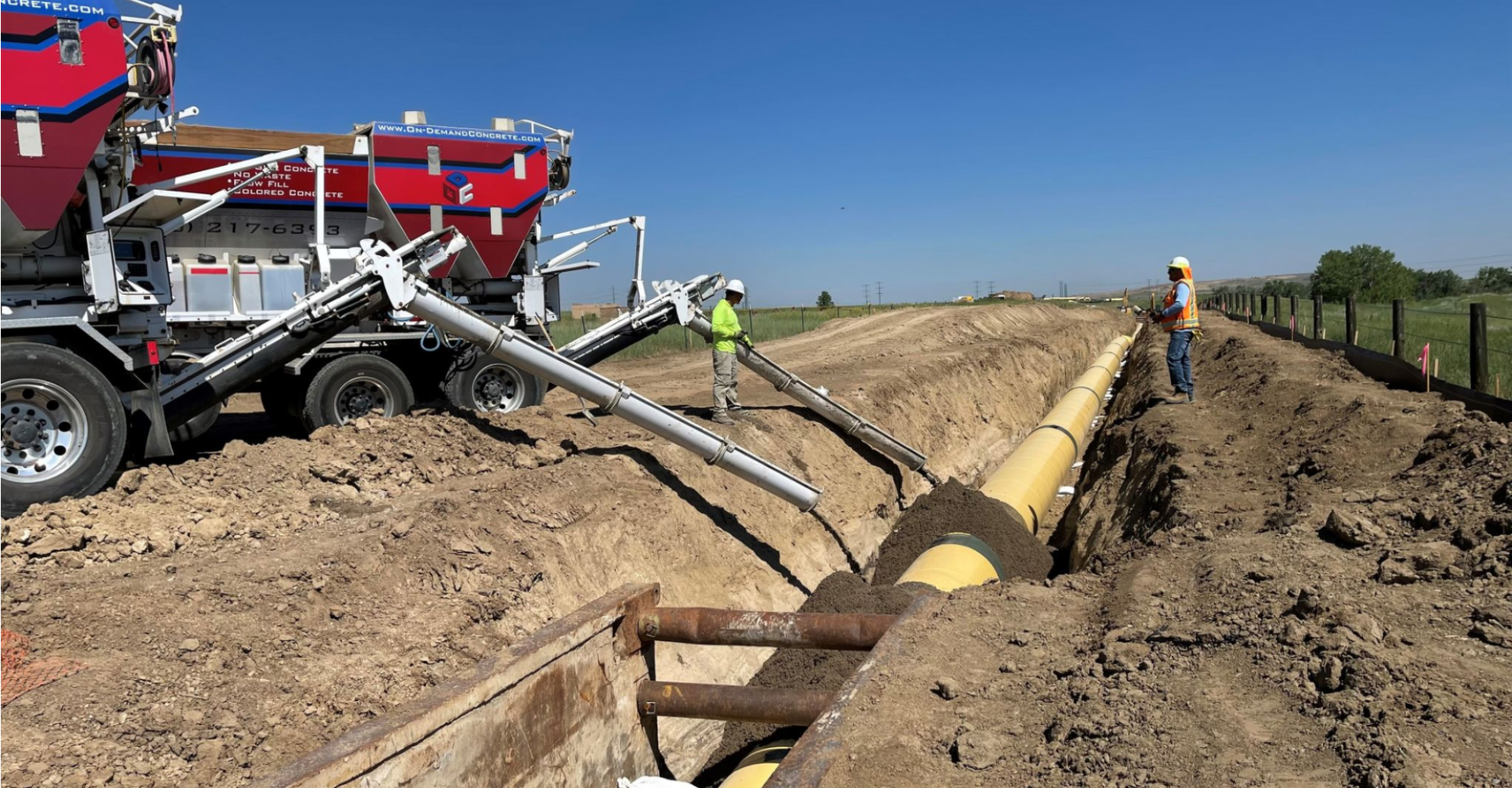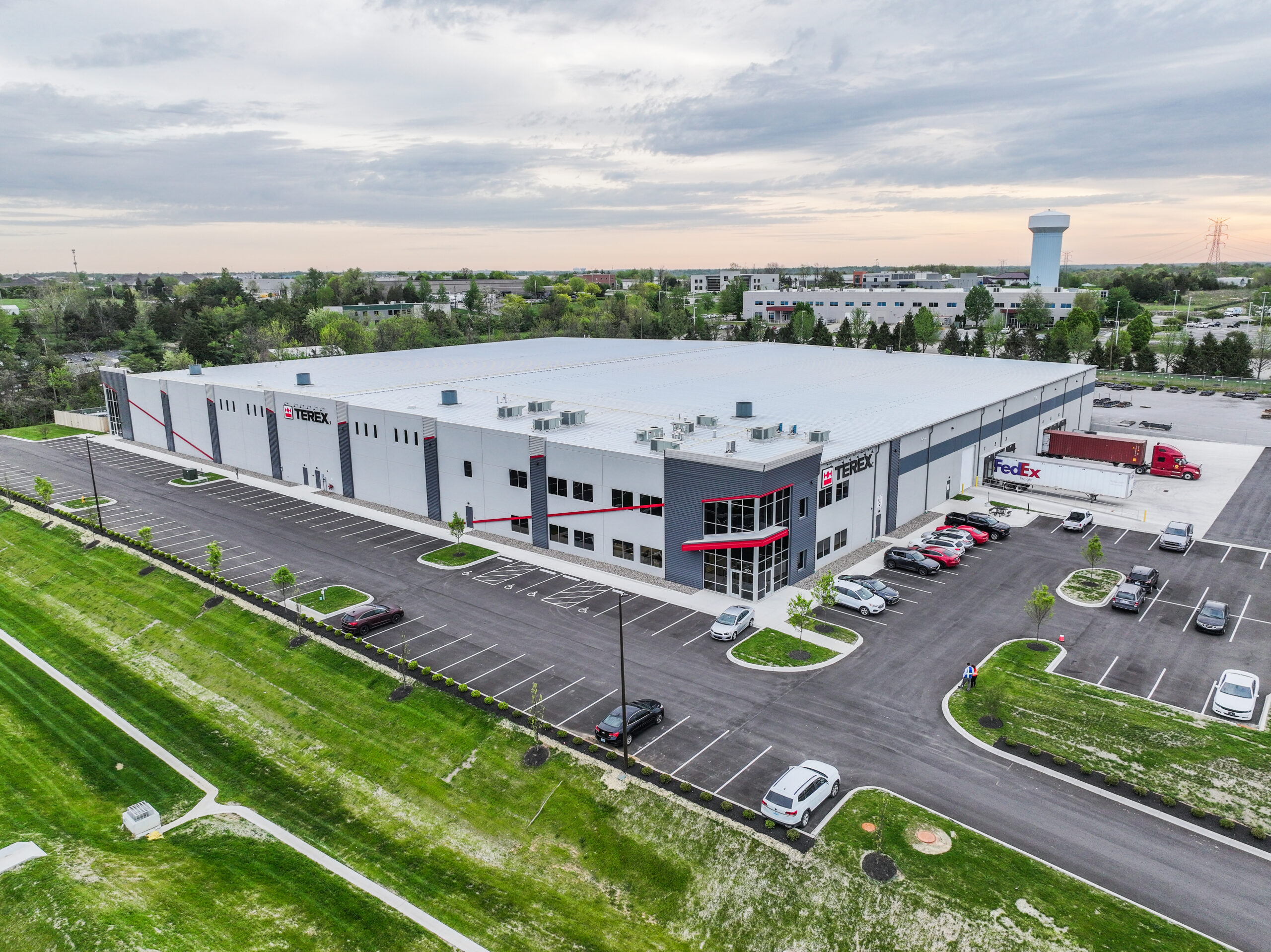
THE BENEFITS OF USING CONCRETE
THE BENEFITS OF USING CONCRETE AS OPPOSED TO ANY OTHER MATERIAL FOR CONSTRUCTION
If there were a checklist for the features that made a material ideal for construction, concrete would tick most boxes. Most of the time, builders look for strength, affordability, and versatility when choosing a material for construction. Needless to say, concrete is almost always the perfect choice.
The material is not as cost-effective as wood, but it does offer safety features that wood lacks. On the other hand, its strength cannot be compared with steel, but it is way cheaper than the latter.
That’s why anyone who does not want to compromise on functionality and quality goes for concrete in construction. Here’s a list of benefits of using concrete as opposed to any other material to give you further insight.
IT’S COST-EFFECTIVE
Many factors make concrete construction highly cost-effective for builders. For starters, the material’s production cost is relatively low, and it is easily found across the globe, unlike other materials such as polymer and steel.
Besides that, it comprises raw materials like cement, water, and other aggregates readily available in most markets. Apart from its accessibility and low cost of raw materials, concrete is cheaper because it offers more durability and resilience.
We know what you’re thinking; how does that matter? First, high durability leads to lower maintenance costs and insurance costs than fragile and combustible building materials, which means that builders using concrete for construction will burn a smaller hole in their pockets for these expenses.
IT OFFERS IMMENSE STRENGTH AND DURABILITY
When seeking the ideal construction material, strength and durability are the primary requirements to keep the structure standing for years. Considering this point, concrete is a reliable option for most builders.
Concrete can be used in various applications in the construction sector, attributing to its strength. Whether a builder wants to build residential, commercial, or industrial projects, concrete structures can stand the test of time.
HARDENS EASILY
Construction with concrete is as easy as it gets. There is no ‘ideal temperature’ involved when setting and hardening concrete. It simply hardens and gains strength at ambient room temperature.
That’s because it is naturally a low-temperature bonded inorganic material. So regardless of the weather conditions, it is possible to construct using concrete without delaying any projects.
Besides that, builders don’t have to optimize the temperature on the construction site, leading to less hassle and expenses during the entire process.
However, in the case of extreme weather conditions, concrete can be mixed with other components to help it set and harden without any problems. But, such intervention is hardly ever required unless in the case of extreme situations.
CAN BE MOLDED EFFORTLESSLY
When concrete is in its liquid state, it can be easily molded and shaped into any structure required. This makes it perfect for forming complex shapes and configurations by simply pouring the mixture in a mold.
Furthermore, concrete is also available in various textures. So, it can be used for multiple purposes, such as creating a smooth or textured surface, making it a go-to material for every purpose.
LOW ENERGY CONSUMPTION DURING PRODUCTION
When it comes to production, concrete requires way less energy during production than steel. For example, plain cement concrete requires only 450-750 kWh/ton of energy, while reinforced concrete needs around 800-3200 kWh/ton.
On the other hand, structural steel may require more than 8000 kWh/ton, consuming ten times more energy than concrete. Offering almost the same durability, concrete is a go-to option for those intending to conserve energy and reduce their carbon footprint.
Additionally, it also decreases the overall cost for production and construction, which provides a double bottom line benefit for builders.
IMPECCABLE WATER RESISTANCE
Compared to wood and steel, concrete is better at resisting the adverse effects of water. Although chemicals in the water can lead to the gradual erosion of plain and reinforced concrete.
However, the material can withstand plain water without any serious deterioration. This makes it ideal for constructing utility structures like dams, canals, and pipelines. Moreover, it can also be used for underwater and waterfront structures that will only be exposed to pure water.
But, builders should keep chemicals such as sulfates, chlorides, and carbon dioxide in mind as they can cause corrosion in concrete when seeped in through the water.
TEMPERATURE RESISTANCE
Concrete is an inorganic compound made of components that help it withstand high temperatures without losing its strength and efficiency. The primary binder in concrete, calcium silicate hydrate, helps it endure hate up to 910 degrees centigrade.
Compared to steel and wood, the material is quite fire-resistant. It stores heat from the environment while withstanding against it for around 6 hours. So, in case of a fire, it can allow sufficient time for rescue operations to arrive.
Moreover, the material is also great for fireproofing other materials like steel to be used in high-temperature applications easily.
CONSUMES AND RECYCLES WASTE PRODUCTS
Industrial and recyclable wastes can substitute aggregate materials in concrete. So, concrete can help reuse and recycle these products and conserve the environment.
These materials include fly ash, slag, waste glass, and ground vehicle tires. Using this industrial waste, concrete can become the answer for reducing the overall carbon footprint and promoting sustainable construction for builders.
The best part is that most of these materials help enhance the properties of concrete without weakening it in any way, which means that the quality of the structure built with such materials won’t be compromised.
ZERO MAINTENANCE
Yes, you heard it right; concrete does not need any maintenance to protect it from the elements. Unless for aesthetic purposes, there is no requirement for coating or painting concrete to protect it against weathering.
On the other hand, materials like wood and steel require maintenance processes. Besides that, these coatings have to be replaced regularly, raising their maintenance costs in the long run.
MULTIPLE APPLICATION TECHNIQUES
Concrete can be applied using various methods for construction. This makes it an accessible solution for almost any construction and reinforcement work. Apart from being poured and hand-applied, it can also be sprayed, pumped, and grouted.
Additionally, concrete is also applied as shotcrete through an advanced technique that saves time and effort in constructing tunnels and other complex structures.
IT IS ECO-FRIENDLY
Today, sustainable materials are needed for construction to reduce the overall carbon footprint and reduce the waste of raw materials. Unlike other materials such as wood and steel, concrete can help achieve both clauses.
As mentioned before, it is quickly produced locally in most cities worldwide, reducing its transportation time. This makes it an excellent option for construction companies working with a triple bottom line approach, contributing to the environment through their business.
Moreover, once cured, it does not emit any type of toxic gases that might adversely impact the environment. These include substances like toxic compounds and volatile organic compounds.
Furthermore, this keeps it from producing harmful substances like mildew that spoil indoor air quality. Also, it keeps out airborne pollutants like pollen and dust.
Most importantly, concrete can be easily recycled. Even after the building is demolished, the concrete can be crushed to produce aggregate. This can later be used as a sub-base for buildings and reinforce shorelines.
HELPS CONSERVE ENERGY
Alternative construction materials to concrete, such as wood and steel, require robust heating and cooling systems inside their structures. That’s because these materials cannot regulate the temperature within them.
However, concrete can store energy and keep temperatures moderate within its structures. This helps conserve energy by reducing the amount of heating and cooling systems needed in the building.
This property can help builders use energy efficiently and save money. Concrete is also used for various heating and cooling systems such as geothermal systems, hydronic systems, and radiant floors.
IDEAL FOR COASTAL CONSTRUCTION
Coastal conditions and moist air does not have any adverse effects on concrete, unlike the other counterparts from its league. Therefore, it is the ideal material for coastal constructions and requires minimal maintenance and repairs for years.
Concrete is also efficient for flood protection, making it a suitable material to form coastal structures. Additionally, highly robust concrete variants such as fiber-reinforced concrete are used in flood protection structures in coastal cities.
DOES NOT REFLECT LIGHT
Since concrete is gray, neutral hues might seem boring and monotonous. But it is a suitable material to ensure safety and reliability when constructing roads and runways.
Concrete does not reflect light, unlike asphalt and other building materials. This means that pilots and drivers don’t have to navigate through reflections to interpret their routes correctly while driving on concrete roads.
REDUCES EXTERNAL NOISE
Concrete has impeccable soundproofing properties that make it the right choice for most residential and industrial projects. It can keep out external noise and make buildings relatively quieter compared to wood and steel. So, buildings made out of concrete are more comfortable and noise-free for their residents.
CONCLUSION
The comprehensive list of benefits mentioned above shows that concrete is a superior construction material as opposed to its alternatives. This makes it a go-to solution for most construction projects.
However, depending on the nature of the structure, the ideal material may vary. Builders consider these pros and cons when choosing the suitable material for their structure, based on its location, environment, client requirements, and budget.


